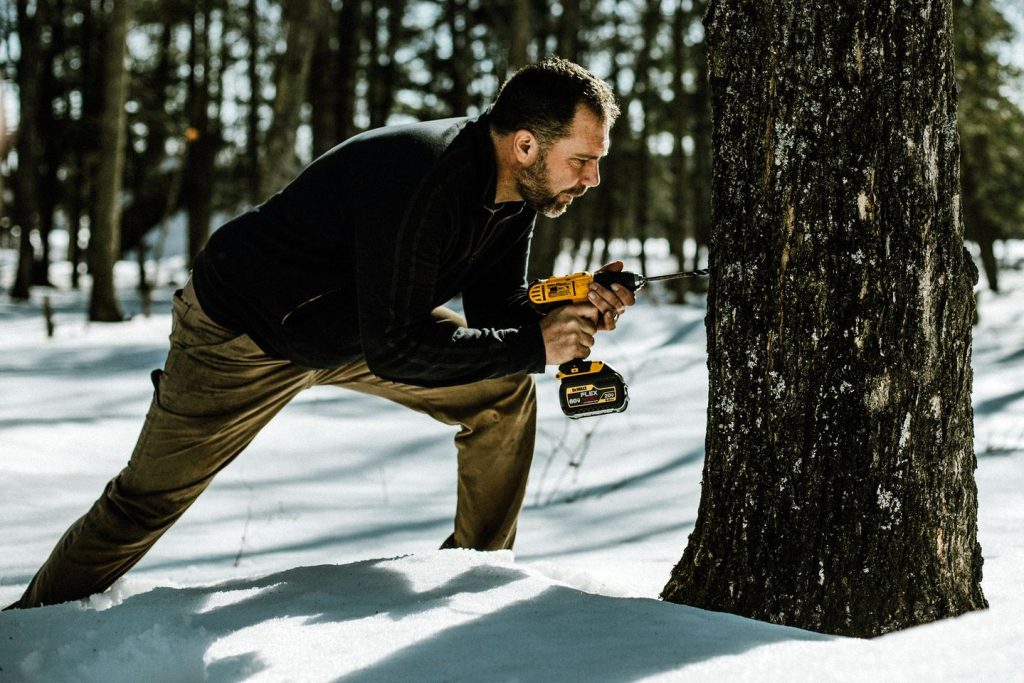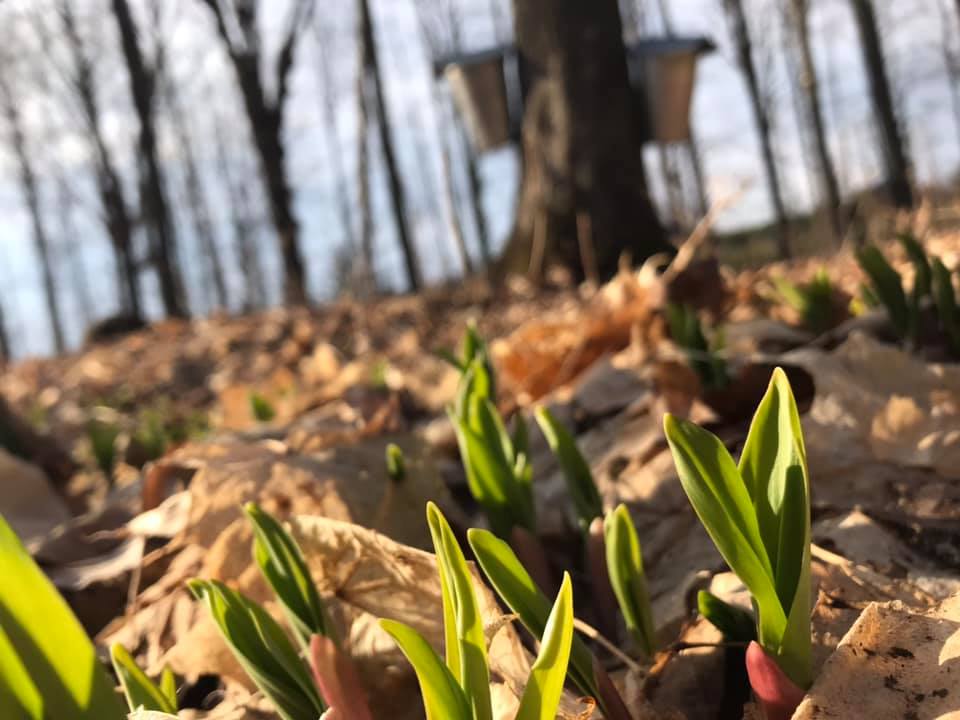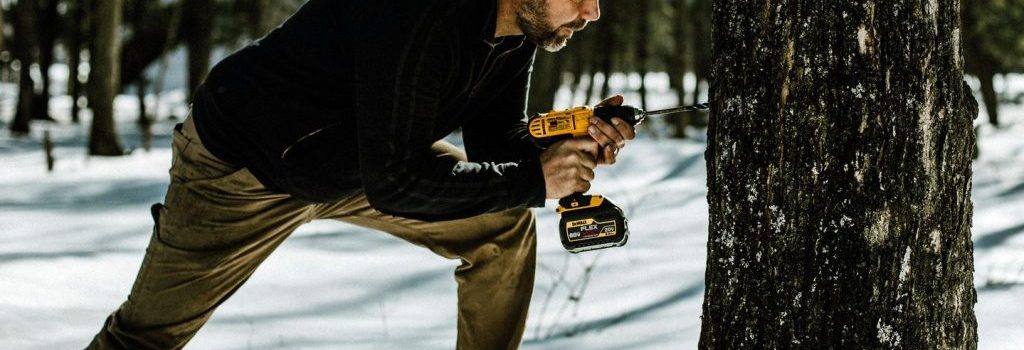“How many maple trees should I plant in my sugar bush?”

It’s a question that Jeremy Solin, coordinator of the newly launched Extension Maple Syrup Program, gets often from those eager to turn sap into syrup.
His response sounds like the punchline to a riddle: None. To cultivate a productive and sustainable operation, the trees should plant themselves.
“Maples are really good at naturally reproducing, and so the management that happens is more about managing the trees that are naturally there, not having to plant additional ones,” says Solin.
This may surprise those who have visited tree farms or hiked through pine plantations where trees are planted in neat, uniform rows. The management techniques that make quality, easy-to-harvest timber, however, are not the management techniques that make healthy, productive sugar bushes. One of the goals of the Maple Syrup Program is to build knowledge around these differences with foresters and other resource professionals.
“Maple syrup is a nontimber forest product—the trees stay [in the woods] for as long as they live—but the people who manage them or provide support on management have more background on the forest products side of things,” says Solin. “And so helping [resource professionals] expand their understanding of what it means to manage specifically for maple syrup production is one of the goals.”
One key difference between managing a sugar bush and managing a timber stand is the age of trees.
“From a timber standpoint, there’s an economically advantageous age where the tree peaks out,” explains Solin. “That’s not the full life of the tree, but [that is when the tree] slows down growing, and from a timber standpoint, the tree usually gets harvested. But from a maple syrup standpoint, that’s still a valuable tree to keep.”
He cites an example of a healthy, productive sugar maple from his family’s sugar bush in northern Wisconsin.

“We have a tree that we call a ‘grandpa tree.’ My dad remembers tapping it as a kid, and it was a huge tree then, so we’re guessing it’s more than 200 years old,” Solin says.
Big, old trees like the grandpa tree can still produce a lot of sap; some can even sustain two taps. And because sugar maples can live up to 350 years, they can be tapped for generations.
Another difference between timber and sugar bush management is the desired size and spacing of trees. From a timber perspective, foresters want tall, straight trees with few branches, so trees are planted close together. The opposite is true for maple trees.
“From a maple syrup perspective, you want large trees with big crowns,” says Solin. “The more leaf surface area that exists, the more leaves there are, the more sugar a tree will produce, the more productive it will be from a syrup standpoint.”
This means that producers should selectively remove or “thin” trees in the sugar bush so that maples have space to grow expansively and without competition from other trees.
This also means that trees considered “undesirable” from a timber perspective—twisty trees, those with defects or burls on their trunk—are still suitable for maple syrup production.
Solin also emphasizes that healthy maple trees support overall ecosystem health, starting with soil health.

“One of the things in particular that happens in maple forests is the buildup of what we call the ‘duff layer,’ so the partially decomposed leaves, and that’s a really rich and fertile area of the forest,” says Solin. The duff layer helps to filter water and hold soil in place and supports the growth of tree seedlings.
Throughout their lifetime, maple trees also provide different types of habitat and food sources. Birds attracted to leafy canopies, like the fan-favorite scarlet tanager, nest in maple branches. Decaying trees or those blown down during storms provide habitat for salamanders and insects.
Small rodents, Solin says, seek out maple seeds. “Maples are also prone to producing very large seed crops during what we call ‘mast years.’ Those seeds provide food for squirrels, mice, and chipmunks.”
So while humans may know the maple best for its syrup, the tree serves many purposes. A healthy sugar bush means a healthy forest and, Solin adds, a healthy community. Tapping trees and cooking sap can be an easy social event.
“Being out in the woods while the forest comes to life in the spring with family and friends ends up being a really important part of the experience.”
Interested in making your own maple syrup? Check out Division of Extension Iron County’s video series for beginners: https://iron.extension.wisc.edu/maple-syrup-video-library/





